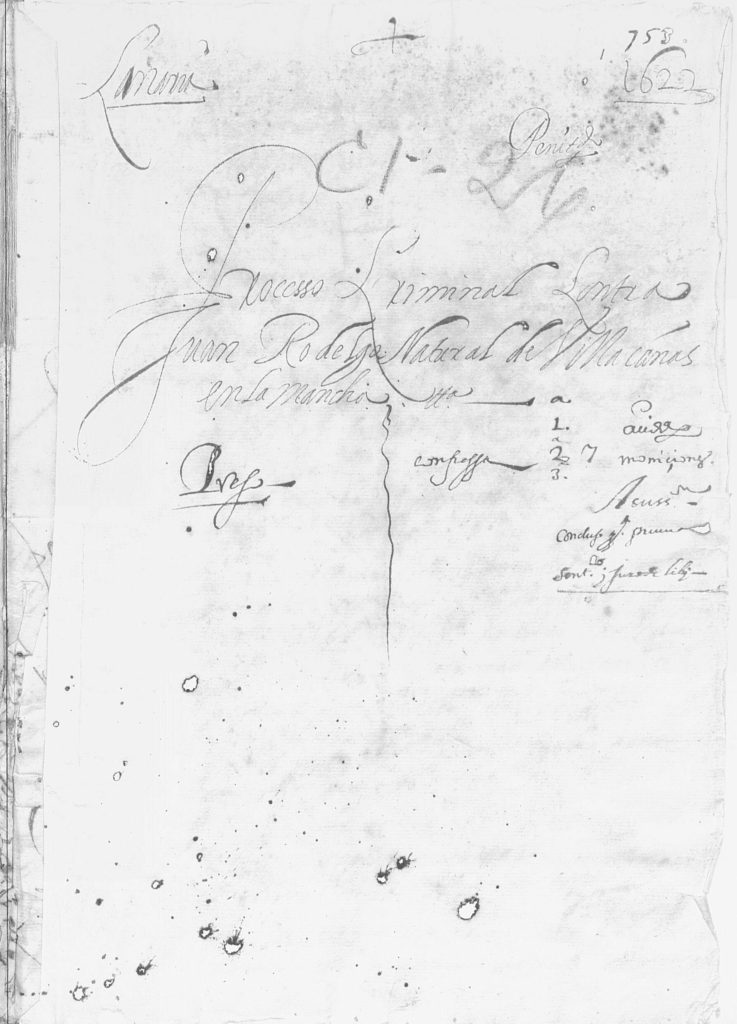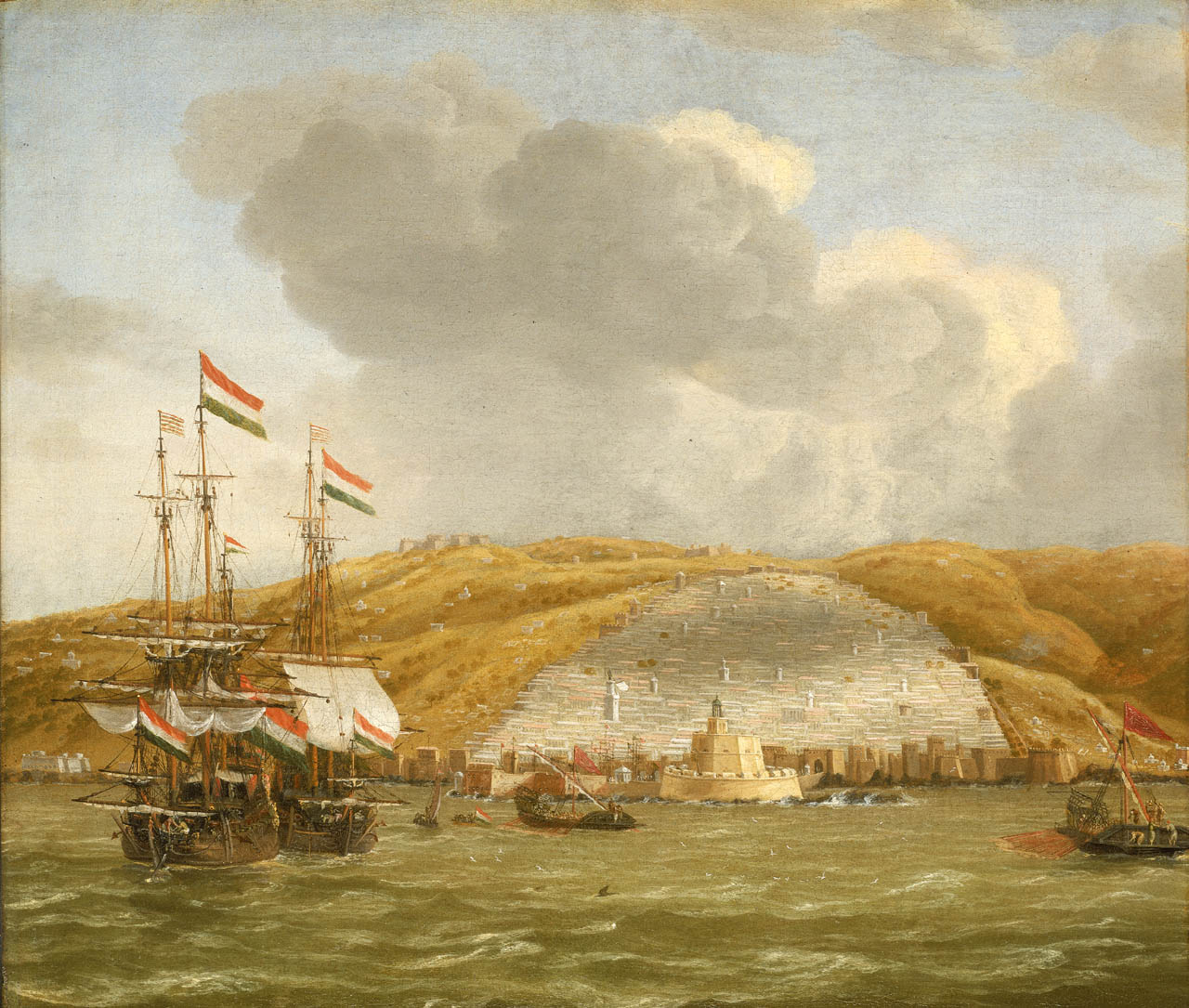Everybody has heard of the (in)famous Spanish Inquisition and its ruthless use of intimidation and torture. What is less well known is that the Inquisitors’ primary responsibility during the sixteenth and seventeenth centuries was to police the spiritual lives not of ordinary Catholic Spaniards but of Jewish and Muslim conversos (converts) in order to maintain religious purity and root out heresy among these new Christians. The Inquisitors’ purview also included renegados (renegades)—Christians who had converted to Islam.
It was not uncommon for Christian captives in places like Algiers, Tunis, or Salé to convert to Islam in order to make their lives more bearable. Inevitably, some of these renegdos managed to escape and return to their home countries. For the Inquisitors, repatriated Spanish renegados posed a problem: they had renounced their Catholic faith and embraced heresy. What was to be done with them? In their defense, the returning renegados consistently claimed they had converted only for show, to better the terrible conditions under which they had been living, and that in their hearts they had always remained true Catholics. Even the sternest of Inquisitors had to admit there was some plausibility to this sort of story. Before permitting such lost sheep back into the fold, however, they had to determine not only the truth or untruth of each renegado’s tale, but also the orthodoxy of the renegado’s professed Catholic faith.
So all renegados returning to Spanish territories during this period had to face an interrogation/trial by the dreaded Inquisition.
One such renegado was Juan Rodelgo, who found himself before the Inquisition of the Canary Islands in the autumn of 1622. Juan’s story is told in the official transcript of the Inquisitional trial, a handwritten 400-year-old document in the collection of the Museo Canario on Las Pamas on Gran Canaria Island.

Title page of the transcript of the trial of Juan Rodelgo, conducted by the Holy Office of the Inquisition of the Canary Islands at Las Palmas, Gran Canaria, in 1622. The title reads: Processo Criminal Contra Juan Rodelgo Natural de Villacañas en La Mancha (Criminal Proceedings against Juan Rodelgo, Native of Villacañas in La Mancha)
Juan Rodelgo was a farmer’s son in the village of Villacañas in La Mancha, famous homeland of Don Quixote. At the age of twenty (in 1610), he abandoned faming life and ran off to enroll in a tercio, a military unit composed of swordsmen, pikemen, and musketeers (Juan never says which of these he ended up becoming). After spending two uneventful years in Italy, he returned to his family’s farm. The laborious life of a farmer did not did suit him, though. Five years later, now 27 years old, he left again, joined up with another tercio, and, along with several hundred other new recruits, boarded a flotilla of Dutch ships in Cartagena, bound for Naples.
They never made it. A large squadron of Algerian corsairs attacked them. A couple of hundred Spanish recruits were killed and nearly five hundred were captured, including Juan. The captives were dragged to Algiers (shown in the image above as seen from the sea) where they were auctioned off in the Batistan—the slave market.
Juan was bought by a local merchant who owned an estate out in the fertile hinterland surrounding Algiers. He immediately put Jan to work tending vineyards and toiling in the fields, a painfully ironic circumstance for a young man who had abandoned the family farm for a life of adventure as a soldier. After four years, desperate to escape the grinding drudgery of field labor, Juan converted. This did not free him from bondage, but it did free him from the farm.
As a convert, Juan was now able to take part in corsair expeditions. Moreover, he was entitled to a share of the profits (after his owner had taken his cut). For Juan, though, being on a corsair cruise offered something more important than money: the possibly of jumping ship and escaping.
On his third cruise Juan found an opportunity.
The expedition he was part of sailed to the Strait of Gibraltar and split into several squadrons. The squadron Juan was in captured a French vessel. Juan was part of the crew delegated to take this prize to Tetouan, a corsair port on the Mediterranean coast of Morocco, to sell the cargo and crew there—quicker and simpler than hauling booty and captives all the way back to Algiers. Before they could reach Tetouan, however, they were attacked by two European ships. To escape, they ran their own vessel aground, leaped ashore, and fled into the interior.
Juan gave his crewmembers the slip and headed for Tangier, a Spanish presidio (fortified settlement) on the northwest tip of Morocco, hoping to enter the presidio and find a way to cross the Strait of Gibraltar to Spain. He was caught as he approached Tangier. He managed to talk himself free by claiming he was a Morisco expulsado (a Muslim expelled from Spain), but he then found himself in an untenable position. He had just lied about his identity. The crewmembers of the Algerian ship he had fled from could show up at any moment, identify him, and ruin his cover story. He might have escaped his Algerian captors, yet there was no way for him to make it to Spain from where he now was. And if he was fingered as an escaped renegado, he would be hauled back to Algiers to face brutal punishment.
So close to freedom… but not close enough.
Juan clearly was not ready to give up, though. He decided to leave Tangier and seek some other place from which to escape. His choice was Salé, located on the Atlantic coast of Morocco. To get there, he had to trek something like 200 miles (320 kilometers) through rough and dangerous country.
 The Travels of Reverend Ólafur Egilsson
The Travels of Reverend Ólafur Egilsson
The story of the Barbary corsair raid on Iceland in 1627
Amazon listing